Problems With Calcium-Loaded Tractor Tires
Calcium chloride mixed with water was traditionally used for ballasting tractor tires because the calcium chloride keeps the water from freezing. Tire size and percentage of calcium chloride to water in the solution determine the amount of ballast you can use in your tractor tires. Thicker solutions, with a higher percentage of calcium chloride, are heavier.
Corrosive Substance
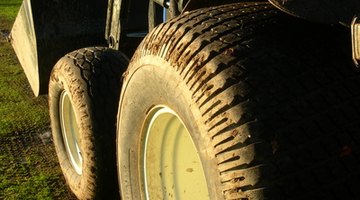

Calcium chloride is a corrosive fluid and should be installed in tubes rather than straight into tires. “Calcium chloride can corrode tubeless rims if the rim is not completely covered with solution (about 90 percent fill) when the tractor is parked,” says Randy Taylor, Extension Agricultural Engineer at Kansas State University. Calcium chloride accidentally sprayed on sheet metal can cause it to corrode. Punctures or sloppy filling will release calcium chloride onto the soil. The mixture is a salt brine toxic to crops and other foliage.
Harder to Adjust Ballast
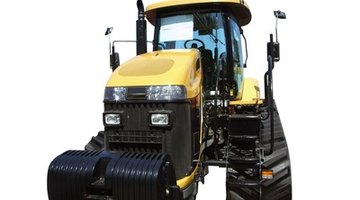
Liquid ballast like calcium chloride is not really adjustable like hanging weights. Removing and re-adding ballast, or refilling with a different concentration of calcium solution, is impractical.
Lower Transport and Working Speed Required
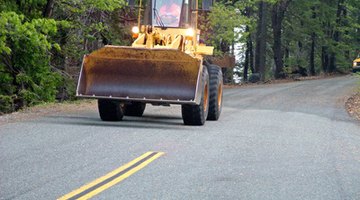
According to the experts at John Deere, calcium chloride can result in “harsh ride, difficulty in handling, spills if flats occur, and when used in rear tires can result in greater susceptibility to power hop.” Tires are not filled completely when using calcium chloride ballast. A typical fill used to be 75 percent of tire capacity, but 40 percent is now the recommendation. Calcium chloride solution at high fill capacity stiffens the tire, reducing maneuverability and grip. At higher speeds, the calcium fill can cause bucking or hopping. When using liquid filled tires, reduce your transport speed.
Problems with Dual Wheels
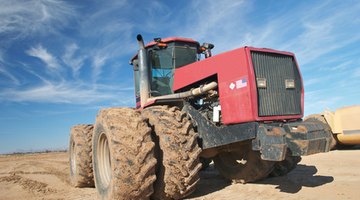
A new recommendation for calcium fill is to spread the weight between all tires on an axle. This may not work for some older dual tractors because the outer set of tires and rims may not be designed for the overhanging load. Calcium filled duals are also dangerous to mount and dismount due to the added weight.
Soil Compaction
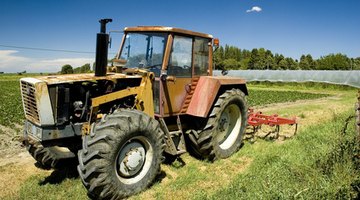
The added weight of calcium chloride-filled tires causes soil compaction. During dry weather and in heavy clay or extremely wet soils, compaction can lower crop yield. Bigger tractors mean larger tires, so at proper tire pressures, weight is evenly dispersed. With calcium-filled tires, both total axle load and tire weight are increased. Tire size is not increased, so more weight is placed in a small area. Contact pressure caused by the calcium-filled tire can severely compact the soil surface.
References
Resources
Writer Bio
Beth Asher began writing in 1972 for a catalog company. She has written for schools and charities, including Star Workshop Foundation. She was a John Deere representative for nine years, manager of Brown's Blueberries and an advisory member of King County Small Farms Board and the Washington Association of Landscape Professionals. Asher holds a Bachelor of Science in computer networking from City University.
Photo Credits
- wheel image by Einar Bog from Fotolia.com
- old tractors image by hazel proudlove from Fotolia.com
- tractor image by goce risteski from Fotolia.com
- tractor image by Greg Pickens from Fotolia.com
- tractor image by Tonda from Fotolia.com
- Farm tractor image by Rido from Fotolia.com
More Articles



